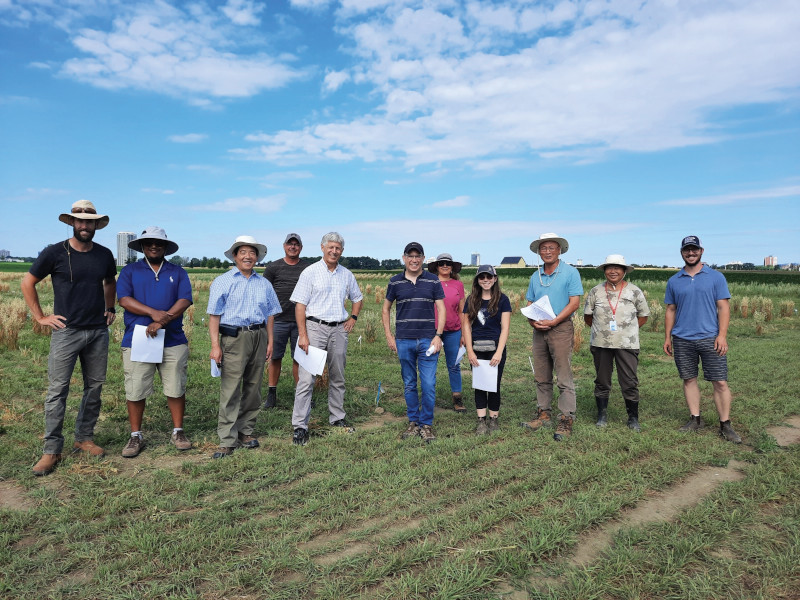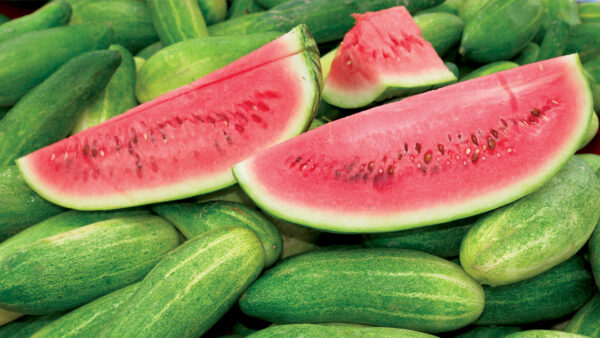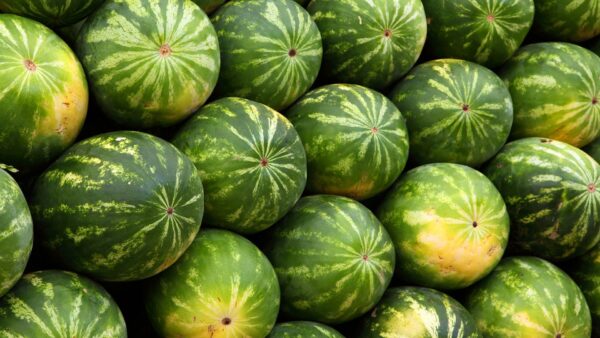New Ideas Bloom
Results from this year’s variety recommending meetings.
Each February, members of the Prairie Grain Development Committee and the Western Canada Canola/Rapeseed Recommending Committee meet to approve registration of new crop varieties developed by federal government and private breeders. These newly-approved varieties give Canadian farmers more options when they make seeding decisions in the spring.
Disease Concerns Drive Canola Development
A total of 32 Roundup Ready, 16 Liberty Link and nine Clearfield canola cultivars were approved for full two-year registration by the WCC/RRC members, with seven Roundup Ready cultivars receiving interim recommendation. Thirteen of these were varieties with lower amounts of linoleic acid (Omega-6) developed by Dow AgroSciences Canada Inc. (8), Cargill Specialty Canola Oils (3) and Bayer CropScience (2).
Sclerotinia and clubroot remain top concerns for WCC/RCC members. A report was given on the outcome of the sclerotinia protocol evaluation program conducted in 2011 which indicated that there were significant differences in terms of resistance, and refinement and standardization of protocols is required. Committee members advocated for additional funding to support an additional year of testing.
In addition, a requirement for clubroot testing at all public and private co-op sites was implemented—the site must test negative for the presence of clubroot before trials can be planted on the site. Further, it was noted that clubroot sanitation guidelines should be distributed to researchers and should be incorporated into the procedures once the guidelines have been finalized.
Improved End-Use Quality in Wheat
The Prairie Recommending Committee for Wheat, Rye and Triticale considered 26 candidates for registration recommendation. The 19 candidates include:
- four Canada Western Red Spring varieties;
- three Canada Western Hard White Wheat varieties;
- two Canada Prairie Spring Red varieties;
- four Canada Western Amber Durum varieties;
- one Canada Western Soft White Spring variety;
- three Canada Western General Purpose varieties—two spring and one winter;
- one Canada Western Red Winter milling cultivar; and
- one spring spelt line.
Highlights for the recommended cultivars included increased yield potential, improved quality, early maturity, improved disease resistance and resistance to the orange wheat blossom midge. The three CWHWS cultivars recommended represent significant improvements in end-use quality over currently grown varieties. One CWAD cultivar, DT818, is solid-stemmed, the first durum wheat cultivar expressing this trait to be recommended. The solid-stemmed trait confers tolerance to wheat stem sawfly infestation, and is the first such durum to be registered since the release of Golden Ball. GP080, a spring CWGP, expresses a high level of resistance to Fusarium Head Blight. Meanwhile, PIG98027 is high in anti-oxidant (anthocyanin) content, and is purple-seeded.
Focus on Oat and Barley Growers and End-Users
One six-row general purpose and two two-row malting barley cultivars, as well as three milling oat varieties, were accepted by the Prairie Recommending Committee for Oats and Barley. The three oat varieties focus simultaneously on the producer and the end-user. OT3054 is a milling oat with very good yield potential, excellent milling yield, high thousand kernel weight and plumps, low thins, acceptable test weight and crown rust resistance similar to CDC Dancer. OT3056 is a milling oat with good yield potential, good milling yield, good straw strength, high thousand kernel weight and plumps, low thins, acceptable test weight and elevated beta-glucan content over CDC Dancer. Meanwhile, OT4001R is a high yielding, shorter stature white hulled milling oat with excellent straw strength and above average beta-glucan levels, making it of interest to both growers and end‐users.
Pulses and Special Crops Take Off
Nineteen candidate lines were considered and approved for registration by members of the Pulses and Special Crops Recommending Committee. Eleven recommended field pea varieties include nine yellow cotyledon and two green. Highlights of the pea lines include improved yield potential, resistance to powdery mildew, large seed size, longer vine length and improved lodging resistance.
The one recommended lentil variety, 3305-7, is a high yielding green lentil line which is similar to CDC LeMay, a French green lentil. 3305-7 has improved lodging tolerance and is taller than CDC LeMay, resulting in improved harvestability.
Seven dry bean varieties—one red, one great northern, two navy and three pinto—were also recommended by the committee. SR47-3-3, a high yielding small red bean line with good seed quality, partially upright indeterminate growth habit and early-maturity and GN13-10-1, a high yielding great northern bean line with upright indeterminate growth habit and good seed quality, are both adapted to the Red River Valley of Manitoba. OAC 05-1 is a navy bean line with excellent yield and maturity, while navy bean line 1190m-13 combines high yield with early maturity and indeterminate growth habit, making it suitable for the irrigated regions of Saskatchewan as well as for dryland production in eastern Saskatchewan and western Manitoba.
Three Flax Varieties Shine
Members of the Prairie Recommending Committee for Oilseeds voted in support of three flax varieties: FP 2308, FP 2314 and FP 2325. All three varieties have strong agronomic packages. FP 2314 is a “star” line with no weaknesses identified on the support documentation. The line is adapted for flax growers in all areas of Western Canada, with yield similar to CDC Bethune and is significantly greater in seed weight, iodine value, linolenic acid content and oil yield than check CDC Flanders.
Julie McNabb










